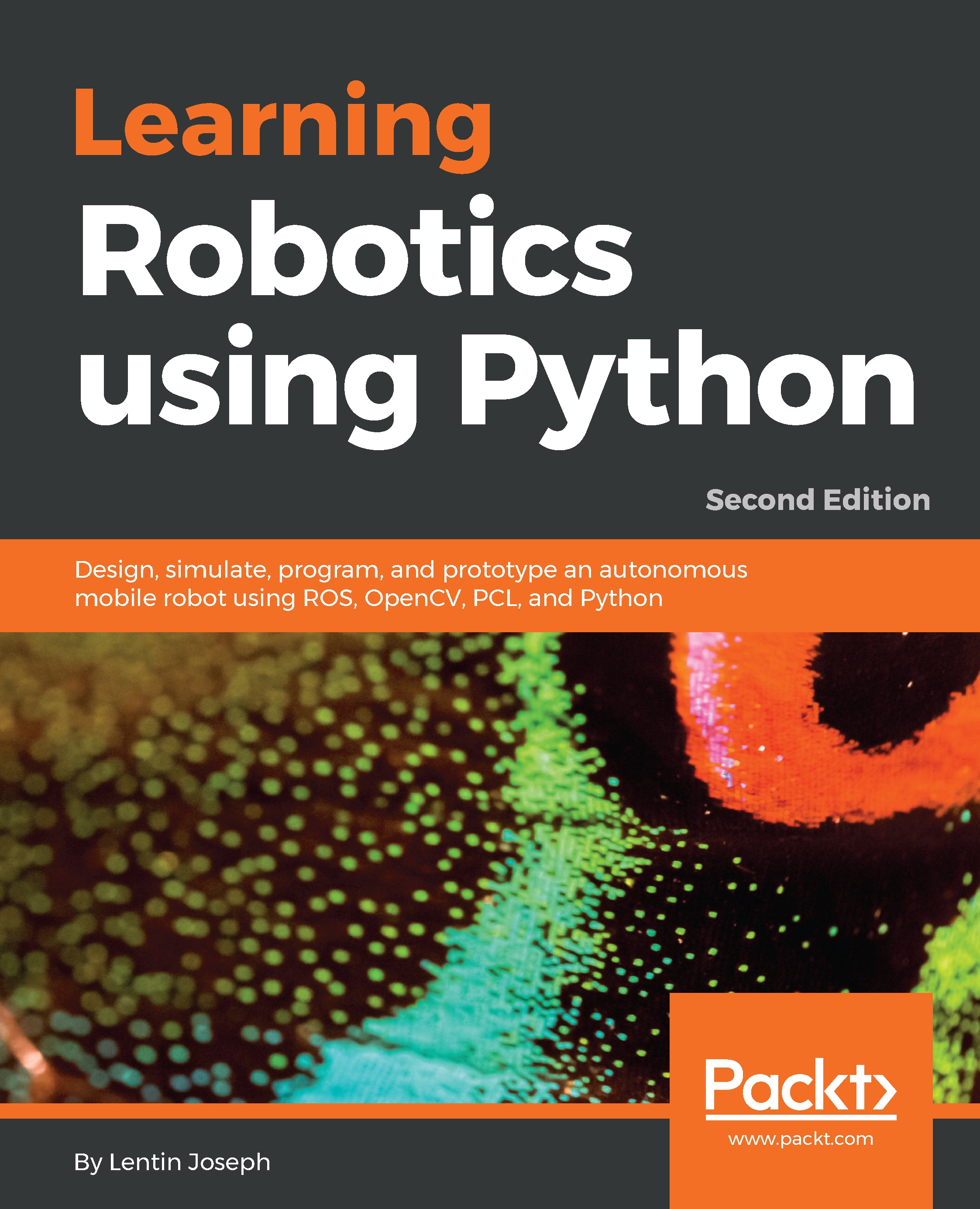An important part of a mobile robot is its steering system. This will help the robot to navigate its environment. One of the simplest and most cost-effective steering systems is the differential drive system. A differential drive robot consists of two main wheels mounted on a common axis that are controlled by separate motors. A differential drive system/steering system is a nonholonomic system, which means that it has constraints for the changing the robot's pose.
A car is an example of a nonholonomic system, as it cannot change its position without changing its pose. Let's look at how this type of robot works and how we can model the robot in terms of its mathematics.








































































